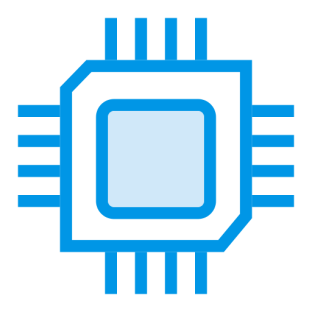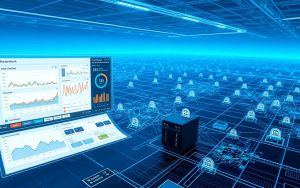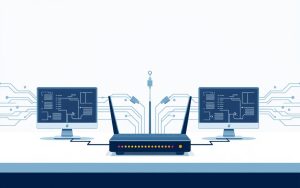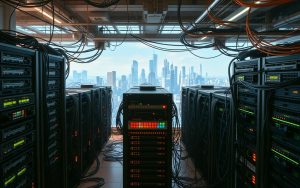Remote network access has changed how we work today. It lets people connect from anywhere. But 30% of remote workers face unauthorized computer access. This makes network security crucial for protecting digital assets.
Remote connections have increased cybersecurity risks. Businesses now face new challenges in keeping networks secure. 75% of organizations have experienced security breaches related to remote access.
Computer security requires constant monitoring and protection. Weak passwords are a big problem. 40% of remote access incidents happen because of poor password practices.
Professionals need strong strategies to track network access. Understanding remote connections helps protect digital infrastructure.
This guide will show you how to spot and stop unauthorized network access. You’ll learn to keep your digital workspace safe from cyber threats.
Understanding Remote Computer Access and Network Connections
Remote network access has changed how we use technology in business and personal life. It’s vital to know about network security and remote access to protect important information.
Remote access lets users connect to systems from different places. This gives more freedom in work settings. Cybersecurity threats are getting smarter, so we must understand remote connections better.
What Remote Network Access Involves
Remote network access provides users with the ability to:
- Connect to organizational networks from various geographical locations
- Access critical data and applications securely
- Collaborate with team members across different time zones
Common Remote Access Methods
Organizations typically employ several remote access techniques:
- Virtual Private Networks (VPN)
- Remote Desktop Protocol (RDP)
- Secure Shell (SSH) connections
- Cloud-based remote access platforms
Network Security Considerations
Passwords cause 80% of breaches. Americans lost over $800 million to remote access scams in 2022. Multi-factor authentication can cut unauthorized access risks by up to 99.9%.
Protecting your network requires continuous vigilance and updated security strategies.
Key security recommendations include:
- Enable multi-factor authentication
- Conduct regular antivirus scans
- Update software consistently
- Monitor remote access logs
How to Know Who is Accessing My Computer in Network
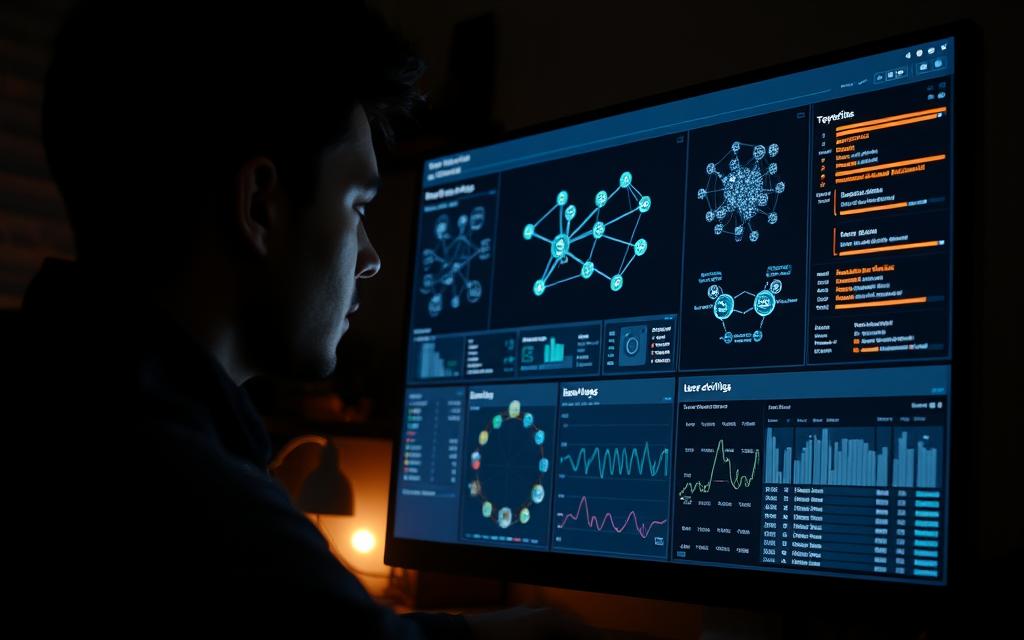
Detecting unauthorized network access is vital for your computer’s security. Cybercriminals use advanced methods to gain remote access. About 70% of unauthorized access incidents exploit remote access tools.
To detect network access and monitor computer connections, try these approaches:
- Check Windows Login Logs
- Analyze Network Monitoring Tools
- Review Active Connections
- Investigate Unusual System Behavior
Network monitoring tools help identify suspicious activities. Look out for these key indicators:
| Indicator | Potential Remote Access Sign |
|---|---|
| Unexpected Mouse Movement | 65% of users report experiencing this |
| Spontaneous Application Opening | 45% notice applications launching without user action |
| Unusual System Performance | 50% experience sluggishness or unexpected restarts |
Pro Tip: Check your Windows Firewall settings often. Most users don’t know how to verify these important security settings.
To detect network access, follow these steps:
1. Open Task Manager and check active network connections
2. Review recent login attempts in Windows Event Viewer
3. Use built-in network monitoring tools
4. Check installed remote access applications
Stay alert to protect your computer. Many remote access tools are installed without users knowing. Regular monitoring can prevent security breaches.
Detecting Suspicious Network Activity and Unauthorized Access
Network security requires strong unauthorized access detection strategies. About 30% of businesses face security threats from remote access. Knowing the signs of potential breaches is vital.
Spotting suspicious network activity needs careful watching. Some key signs of possible unauthorized access include unusual actions on your computer.
These can be unexpected cursor movements, programs starting on their own, or strange network traffic patterns. Also, look out for unfamiliar processes running in the background.
Signs of Unauthorized Access
Modern network monitoring shows important clues about security risks. High CPU use might mean hidden processes are running.
There’s a 40% chance these could be unauthorized remote access attempts. Watch for unexplained system slowdowns and strange network connections.
- Unexplained system slowdowns
- Mysterious network connections
- Unauthorized data modifications
Using Network Monitoring Tools
Tools like GlassWire offer strong protection. They can track network connections in real-time and alert users to suspicious activities.
- Track network connections in real-time
- Alert users to suspicious activities
- Block unauthorized connection attempts
Checking System Logs and Recent Activities
Regularly check system logs to spot potential security breaches. Look at network connection histories and user access records.
Also, watch for unexpected system changes. These could show unauthorized intrusions.
“Vigilance is the key to maintaining network security in an increasingly complex digital landscape.”
Preventing Unauthorized Network Access to Your Computer
Protecting your computer from unauthorized network access requires a solid cybersecurity plan. Remote work has made network security best practices more important than ever.
Experts suggest key strategies to prevent unauthorized access. These include regular software updates and using strong, unique passwords for all accounts.
Other important steps are enabling two-factor authentication and setting up robust firewalls. Installing and updating antivirus protection is also crucial.
- Update software and operating systems regularly
- Use strong, unique passwords for all accounts
- Enable two-factor authentication
- Configure robust firewall settings
- Install and maintain current antivirus protection
Research shows that regular updates to antivirus and malware protection can prevent up to 90% of known vulnerabilities. Windows Defender offers strong protection with automatic updates built into the system.
| Security Measure | Risk Reduction |
|---|---|
| Strong Passwords | 70% reduction in unauthorized access |
| Antivirus Updates | 90% prevention of known vulnerabilities |
| Two-Factor Authentication | Significantly increases account security |
Small to medium businesses are often targets for cyberattacks. About 60% of attacks hit organizations with limited security measures.
By using these network security best practices, you can greatly lower the risk of unauthorized access.
“Cybersecurity is not a product, but a process of continuously improving your defenses.” – Unknown Security Expert
Avoid using public Wi-Fi without a VPN. Be careful of phishing emails. Stay alert and keep an eye on potential security risks.
These steps are your best defense against unauthorized network intrusions. Stay proactive in protecting your computer and network.
Conclusion
Network security is crucial in our interconnected digital world. It protects sensitive information from unauthorized access. Remote work has made cybersecurity awareness even more important for organizations.
Vigilance is key when managing computer network access. Many remote users face unauthorized access attempts. Regular system checks and updated antivirus software can reduce vulnerabilities.
Security protocols need constant updating as cyber threats evolve. Staying informed about new risks is essential. Organizations must adapt their protection methods to stay ahead.
A proactive approach to network security creates resilient digital environments. This safeguards critical data and maintains operational integrity. Embracing cybersecurity as a fundamental practice is vital.
Constant attention to security helps navigate complex challenges. It allows individuals and businesses to operate confidently in our interconnected world.
